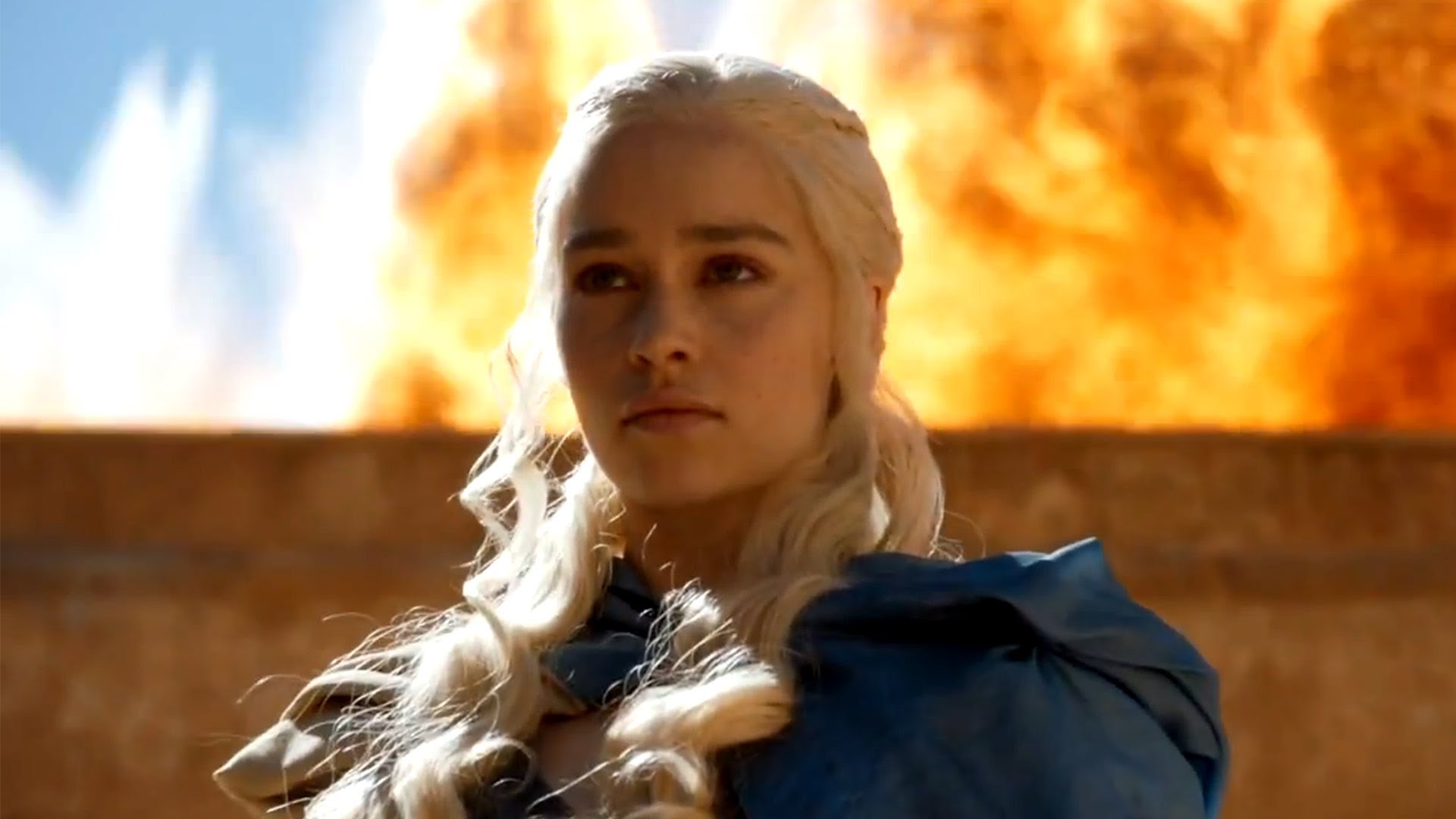Neat Little Analogy, Huh? (The Last War in Albion Book Two Part Twenty-Five: Scenes from The Nativity)
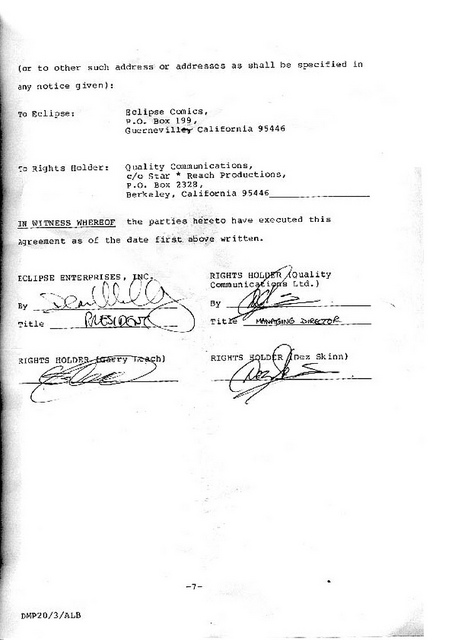 |
| Figure 923: The signatures upon the contract that led Dez Skinn to go to a seedy bar to pick up a couple thousand dollars in cash. |
This installment of The Last War in Albion contains graphic images of childbirth below the cut.
Previously in The Last War in Albion: In a comedy of errors, Alan Moore’s Marvelman series, originally published in Warrior, was republished under the title Miracleman by Eclipse Comics in the US. But with the reprints running out, Eclipse had to clear the way to commission new material from Moore, which required appeasing Dez Skinn.
Eclipse’s solution, ratified in a new contract dated February 1986 (the same month that Miracleman #6 is dated), was to buy the right to produce new Miracleman material from Skinn for a further $8000, payable in three installments, one of which Skinn recounts was given to him at a meeting “with Jan Mullaney – Dean’s brother – in New York, in some really seedy bar. He turned up looking like a real hippie with a couple thousand dollars in cash in a brown envelope. And I’m sitting there, this sort of funny Englishman in this really scary place and he comes in and this is like some dodgy transaction taking place as he slides the envelope over to me with a couple thousand dollars or more in cash and he says, ‘you will count it, won’t you?’” This contract also seemingly marks the point where Skinn abandoned his support for Alan Davis’s objections to having his work reprinted, noting simply that “Eclipse also assumes the sole responsibility of payment to and for the creative talent on all issues of Miracleman or any such other titles featuring “Miracleman” and the Characters, including payment of artistic royalties to Alan Moore and Gary Leach representing Alan Davis on the stories reprinted from Warrior Magazine,” and transferring all of the design copyrights Skinn had previously asserted that Davis held to Eclipse.
This is perhaps unsurprising – the fact that Skinn had chosen to direct his letter regarding Davis’s objections to Moore suggests that the position was more about trying to force Moore back into playing ball with Dez Skinn than about concern for Alan Davis. Whereas the entire point of this agreement was to clear the way for Eclipse to hire Moore directly (as opposed to the obviously unworkable plan of having Skinn/Quality employ him). For the purposes of filling out Miracleman #6 and publishing #7, Moore’s involvement was minimal – he’d been ahead in scripting for Warrior, and had three installments written but not drawn. But the problem of getting them drawn was more substantial, since it’s not as though Alan Davis was going to be returning to the gig. Unfortunately, Eclipse’s stable of available artists did not come close to matching that of the major companies. They presented Moore with a few options, and of them he picked an neophyte named Chuck Austen, though he was at the time still going by his birth name of Chuck Beckum on the grounds, as Austen put it, that he “didn’t draw everybody so that they looked like they were superheroes in street clothes.”…


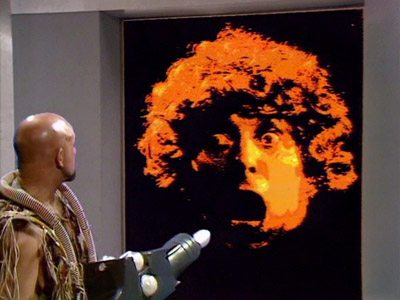 Kevin. James. Daniel Harper. Za. Orb. Xoanon. Brilliance.
Kevin. James. Daniel Harper. Za. Orb. Xoanon. Brilliance. Or ‘American History X-Wing’
Or ‘American History X-Wing’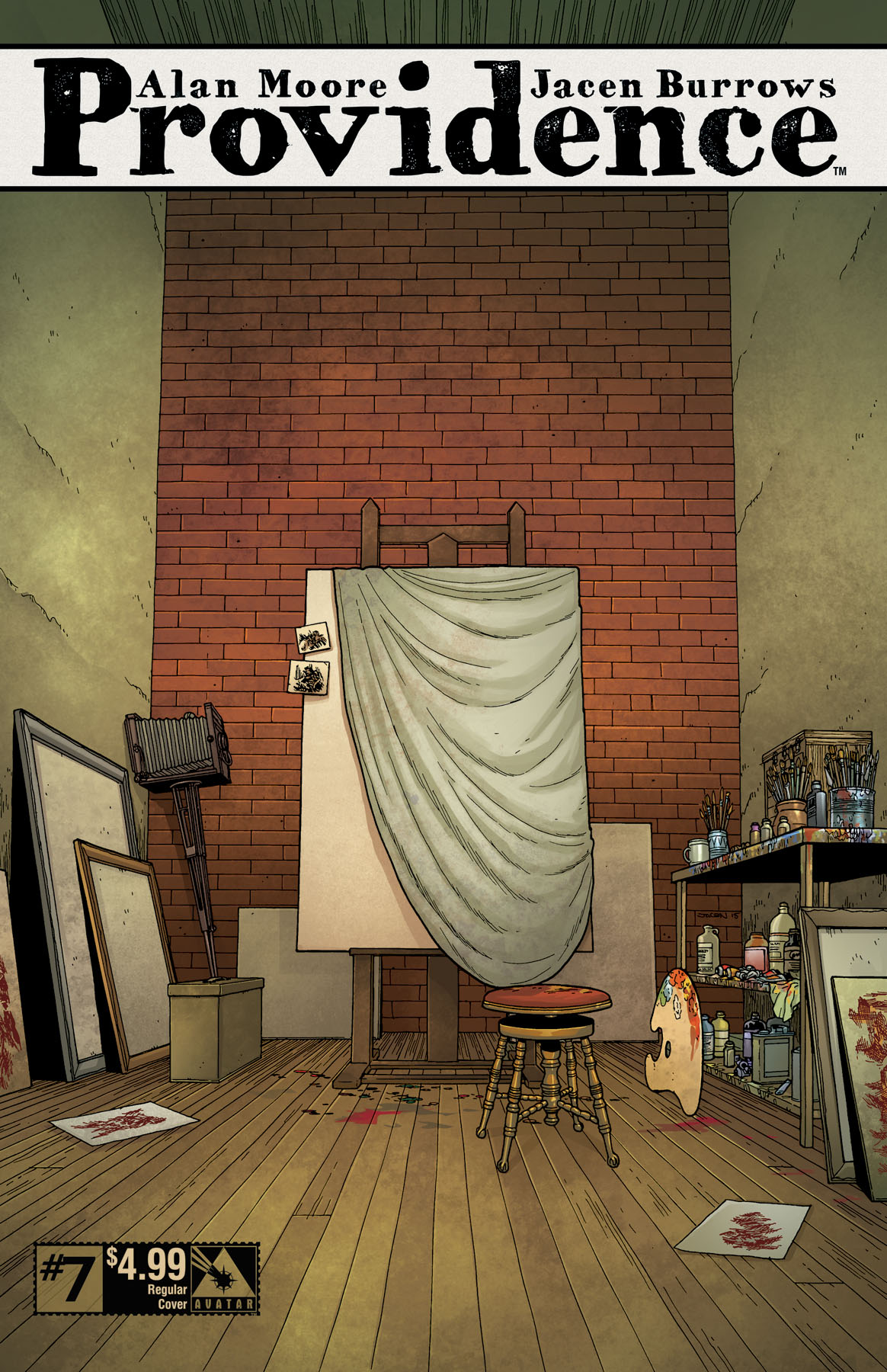 Mercurty Heat #7
Mercurty Heat #7
 Hi all, sorry about the extended time away. Think of it as a winter hiatus, a polar opposite to, say, the summer hiatus preceding Let’s Kill Hitler. Anyways, I’m back! And I’ve six thousand words to share.
Hi all, sorry about the extended time away. Think of it as a winter hiatus, a polar opposite to, say, the summer hiatus preceding Let’s Kill Hitler. Anyways, I’m back! And I’ve six thousand words to share.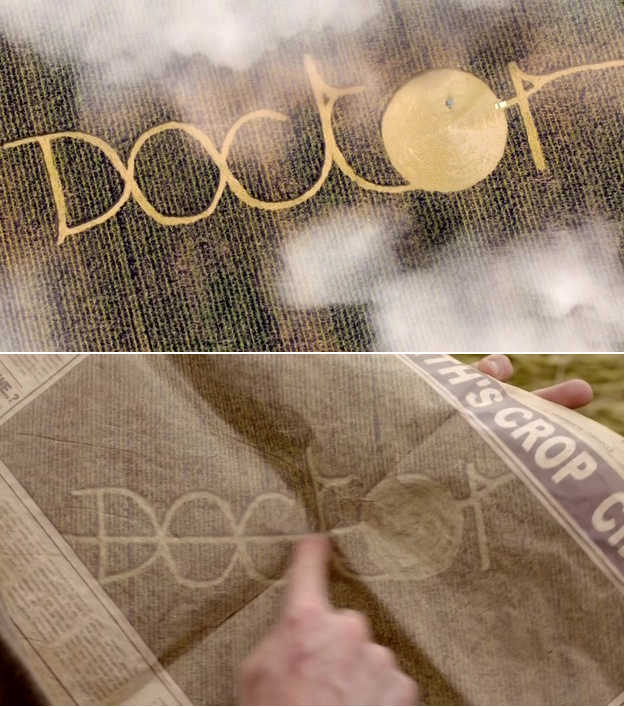 The very first scene of this episode was actually the very last one shot for the entire series – after The Wedding, in fact, because the production team needed to let the wheat grow. So I’m not surprised that the visuals and aesthetics and thematics of this scene are impeccable, helping it to function as a microcosm of the episode as a whole. Consider the fact it’s filmed out of order, and travels back to be inserted at a particular time and place, which is true for LKH, but is also true for the conceit of Melody “inserting” herself into her parents’ history, not to mention how the character of Mels is inserted into the show’s mythology itself.…
The very first scene of this episode was actually the very last one shot for the entire series – after The Wedding, in fact, because the production team needed to let the wheat grow. So I’m not surprised that the visuals and aesthetics and thematics of this scene are impeccable, helping it to function as a microcosm of the episode as a whole. Consider the fact it’s filmed out of order, and travels back to be inserted at a particular time and place, which is true for LKH, but is also true for the conceit of Melody “inserting” herself into her parents’ history, not to mention how the character of Mels is inserted into the show’s mythology itself.…